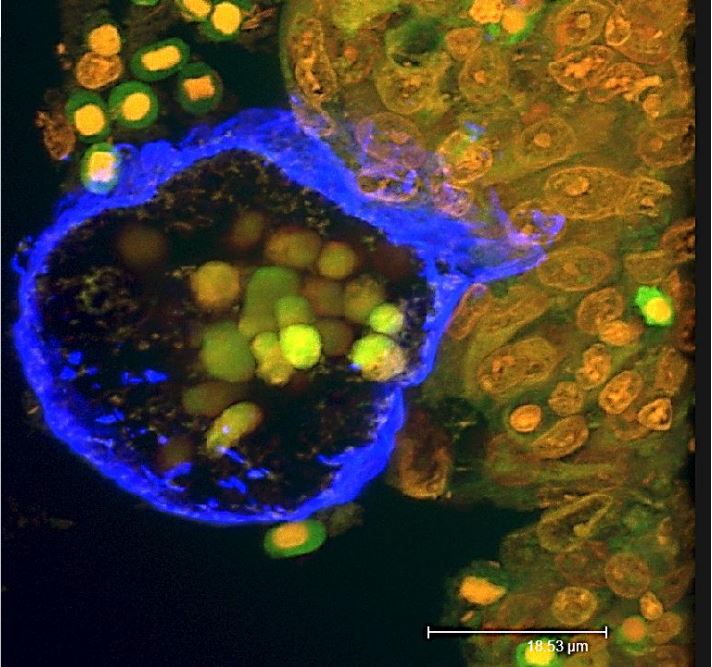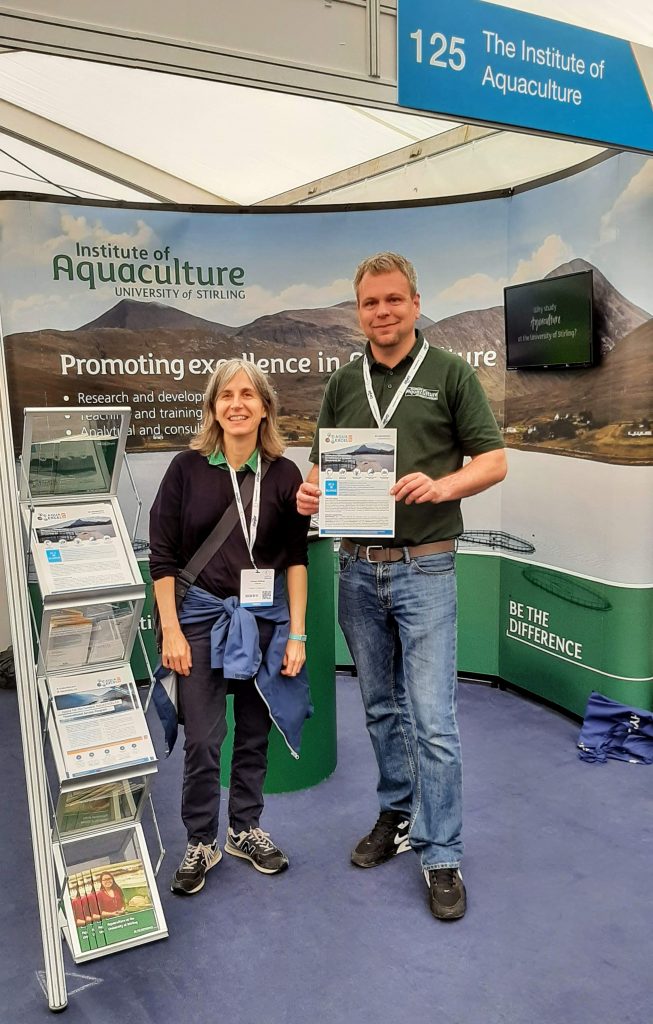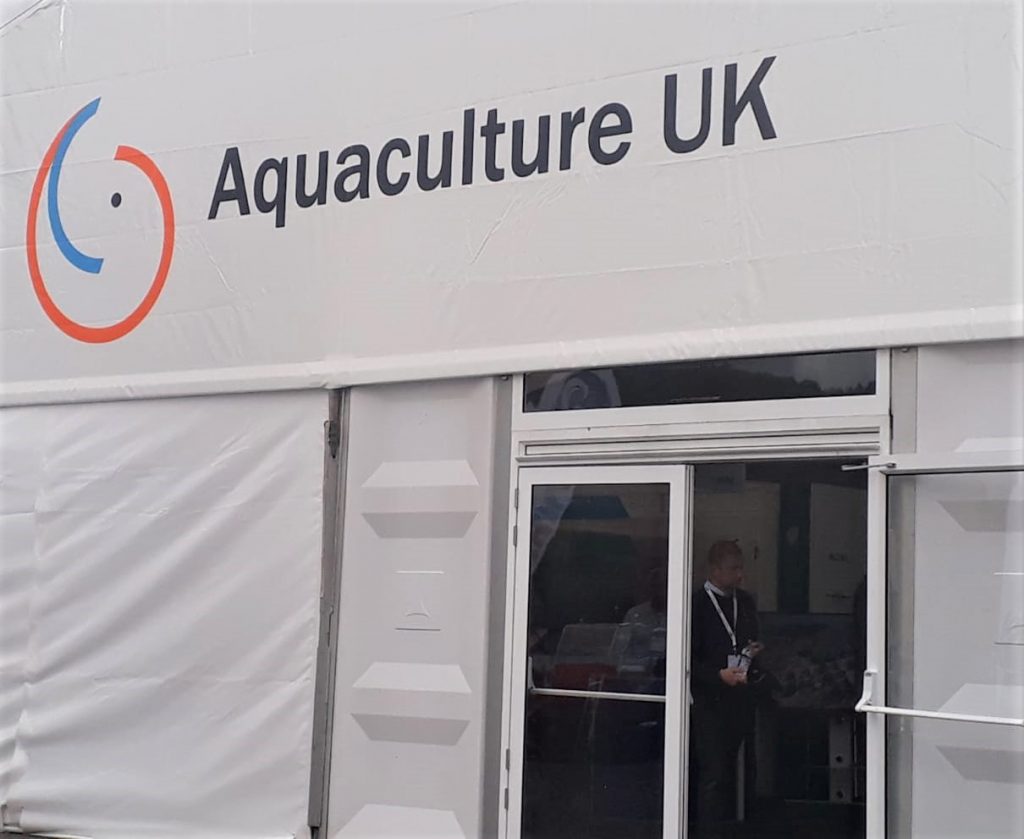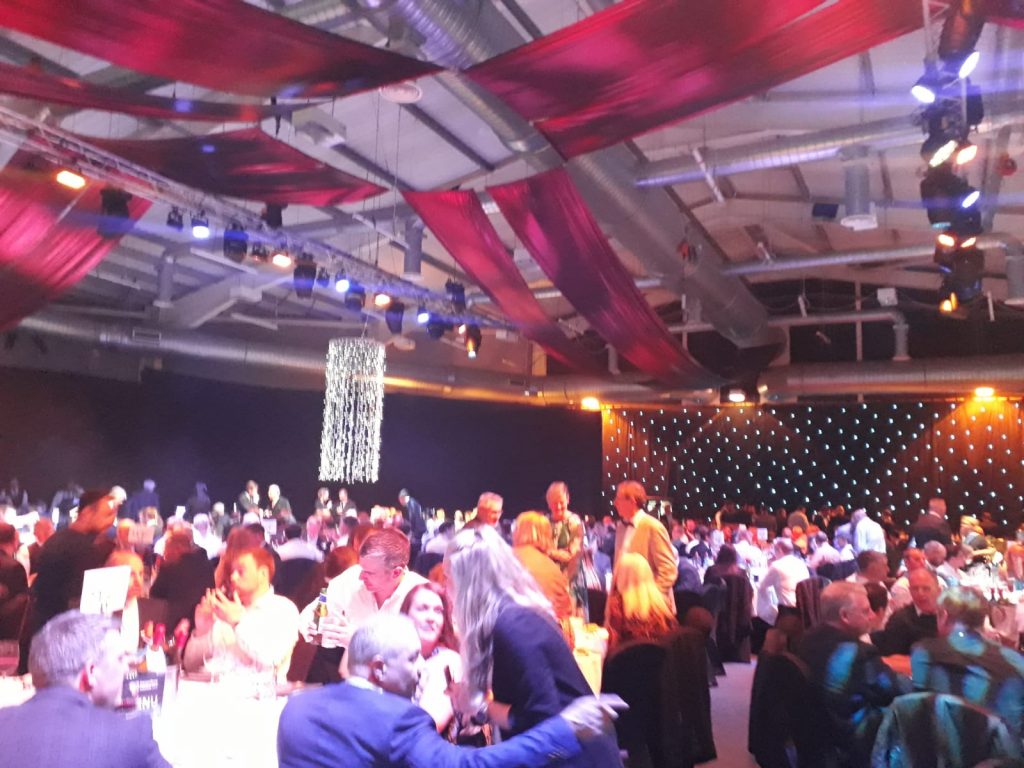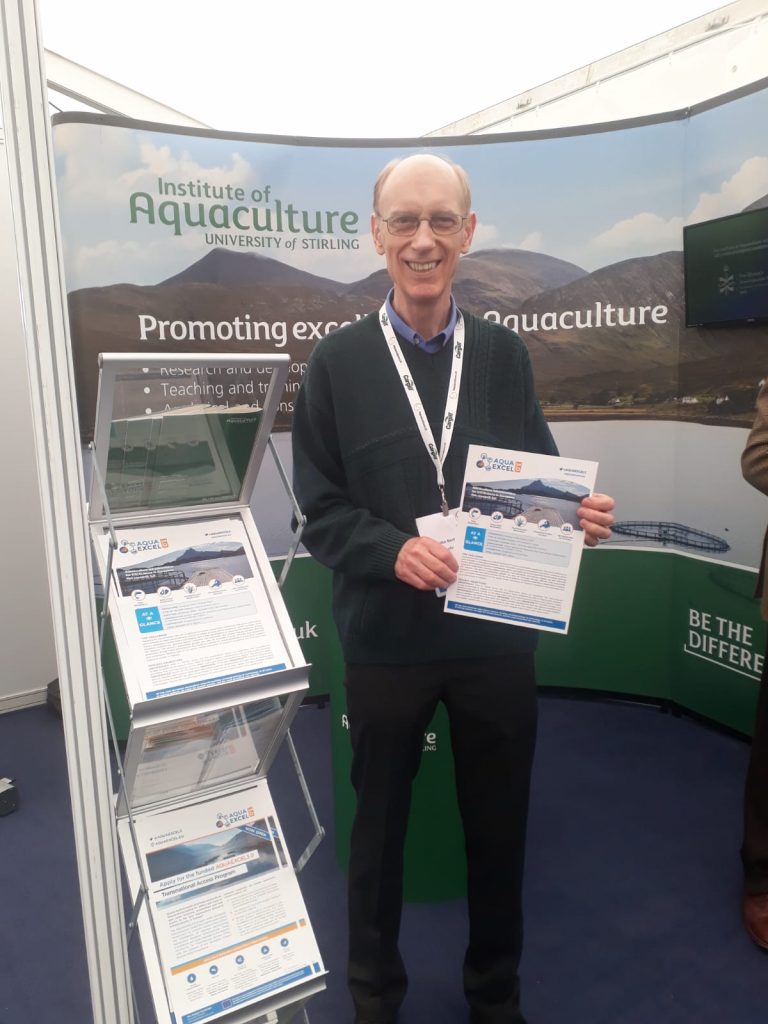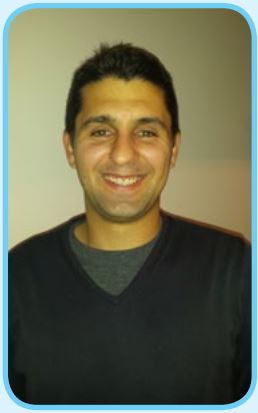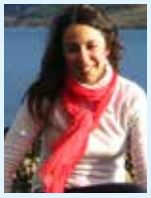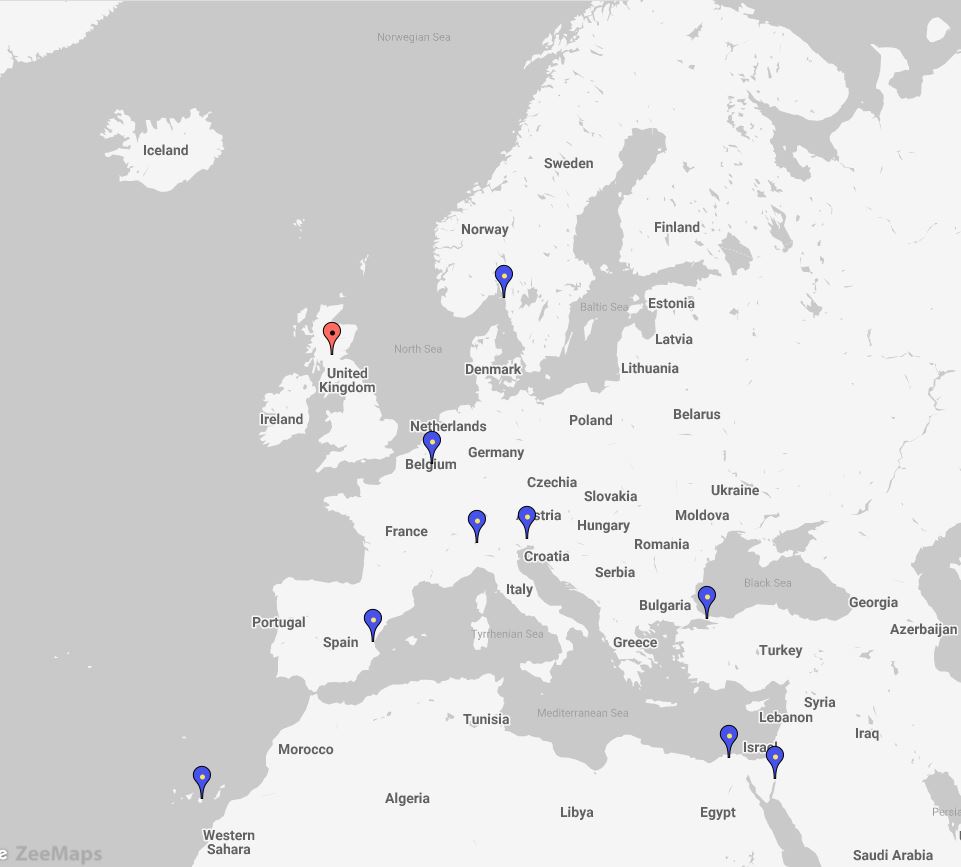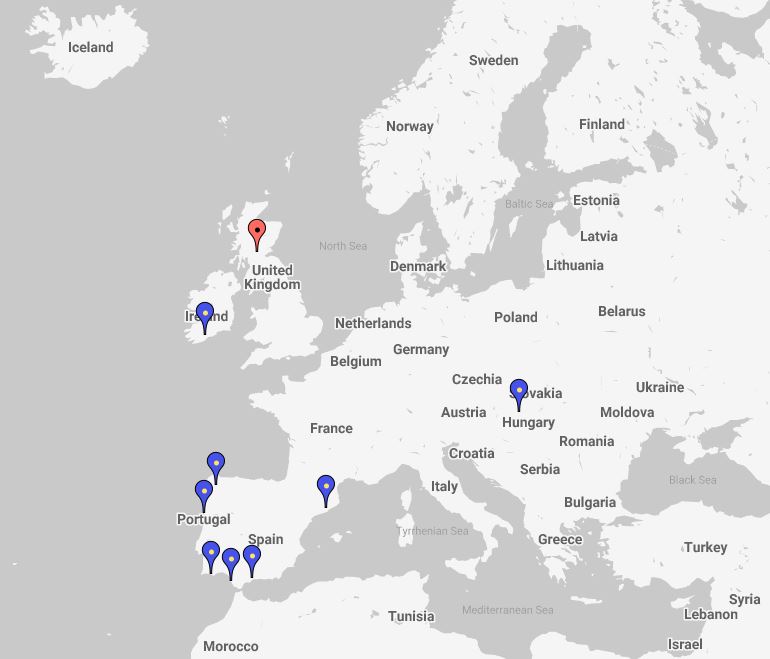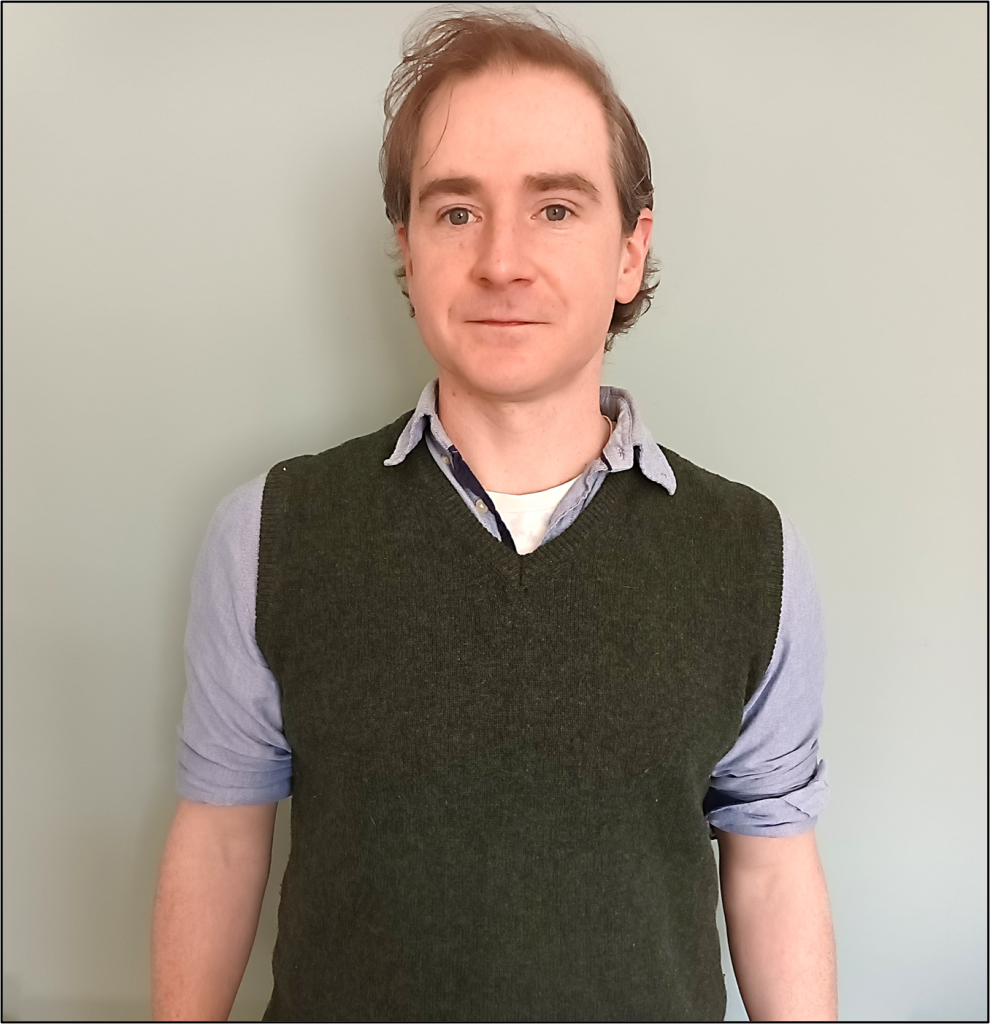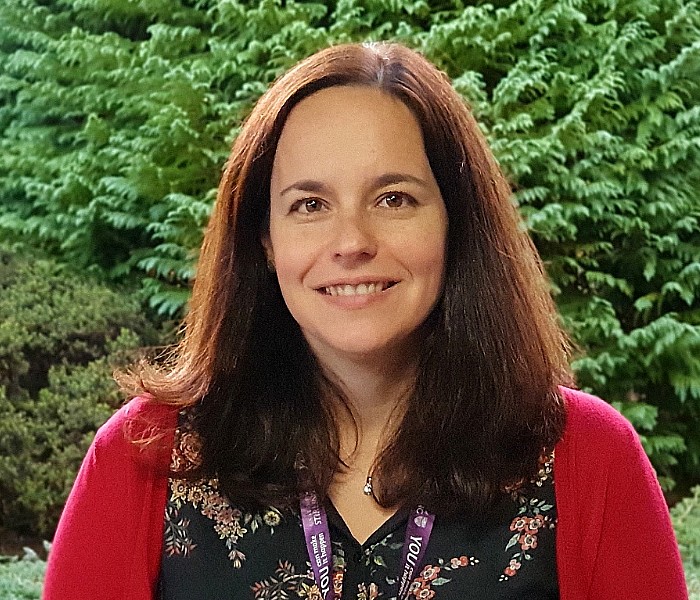
AQUAEXCEL 3.0 offers the opportunity for technicians working at any of the AQUAEXCEL Infrastructures to apply for a short training visit to one of the other Infrastructures (usually 1-2 weeks). The aim of the programme is to promote capacity building and the sharing of innovative experiments and best practices on how to improve the provision of research services at an aquaculture research institute. It deliberately takes a “bottom-up” approach based on the view that motivated and skilful technicians are key to dynamic, innovative experimental approaches, and hence the value of investing in the development of cross-cutting and specific skills through a technician mobility programme.

The door of the Institute of Aquaculture is open for technicians for other infrastructures to work in our freshwater or marine experimental facilities covering issues such as practical fish handling, sampling techniques, welfare, system monitoring or experimental design and analysis. The analytical laboratories are also open for visitors to learn about analytical equipment and techniques used at the Institute of Aquaculture.
The Third Call for Technician Mobility is currently open with a deadline of 29 September 2023
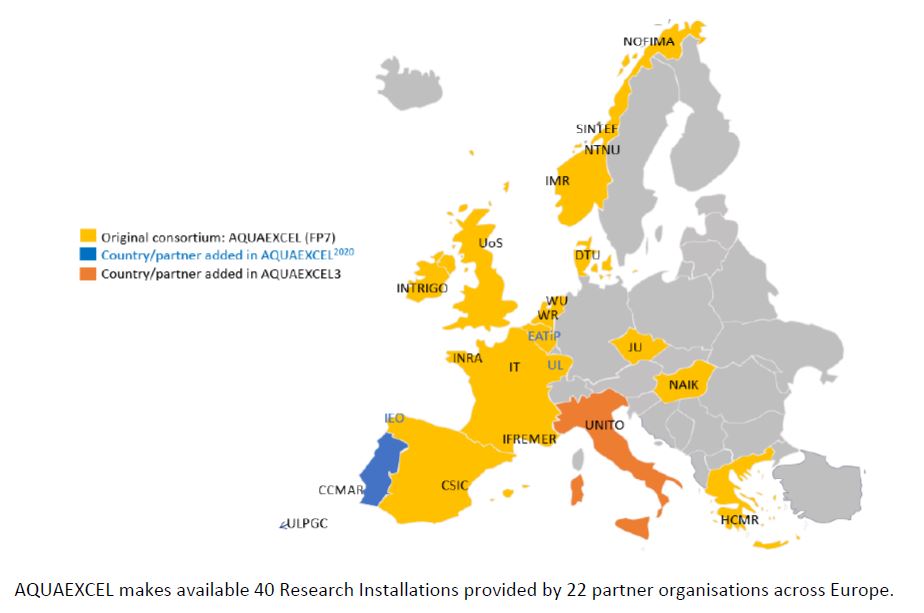
There is also the opportunity for Institute of Aquaculture technicians to apply to visit other Infrastructures to learn different techniques and gain experience of alternative approaches, species and systems. There is a maximum budget of €2,000 per person taking part in an approved exchange to cover travel and subsistence expenses. Technical staff at the Institute of Aquaculture should contact Jacquie Ireland, Amaya Albalat or Sonia Rey Planellas for further details. Staff of other Infrastructures should speak with their own AQUAEXCEL representative about the application procedures.



